
Aprender es modificar o adquirir nuevas habilidades, destrezas, conocimientos, conductas y valores mediante la experimentación, el estudio, la observación, el razonamiento o la instrucción. Múltiples y variados juegos disponibles hoy en día, desde los más clásicos hasta los más innovadores, pueden ser grandes herramientas para construir una variedad de aprendizajes: lectoescritura, matemáticas, razonamiento y resolución de problemas, etc. aportando motivación e interés a los jugadores. Más allá de la estimulación de las inteligencias múltiples, fomentaremos la autoestima, incentivaremos la cooperación y el trabajo en equipo y mejoraremos el comportamiento y la actitud, entre otros muchos aspectos.
 Auditory Memory Caterpillar
29,90 € (VAT not included)
Auditory Memory Caterpillar
29,90 € (VAT not included)
 David y sus amigos - story with pictograms
Sold out (VAT not included)
David y sus amigos - story with pictograms
Sold out (VAT not included)
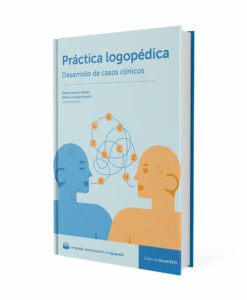 Práctica logopédica: desarrollo de casos clínicos
22,50 € (VAT not included)
Práctica logopédica: desarrollo de casos clínicos
22,50 € (VAT not included)
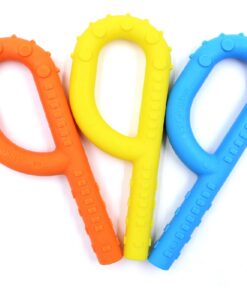 Texture teether - tubular
9,90 € (VAT not included)
Texture teether - tubular
9,90 € (VAT not included)
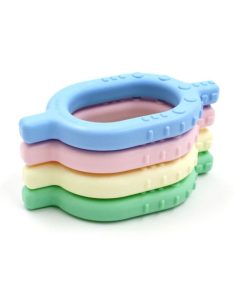 Baby grabber teether
8,90 € (VAT not included)
Baby grabber teether
8,90 € (VAT not included)
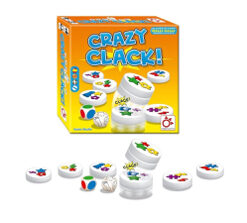 Crazy Clack
28,90 € (VAT not included)
Crazy Clack
28,90 € (VAT not included)
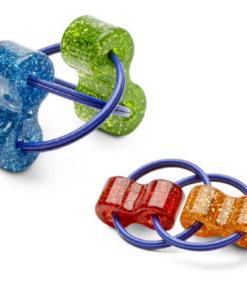 Fidget - infinite
Sold out (VAT not included)
Fidget - infinite
Sold out (VAT not included)
Showing 109–144 of 240 resultsSorted by latest
No account yet?
Create an AccountSet of assorted colored cubes that encourage visual learning of mathematics through manipulation, bringing the child closer to a better understanding of mathematical logic concepts. It allows teachers to create different games, challenge-problems and activities to help children to discover and experiment by themselves concepts and first notions of mathematical logic.
Made of very resistant plastic, they can be fitted together on their 6 sides, which allows using the cubes to: relate numbers with quantity, replicate the color and the way of working with the strips, visually compare numbers and quantities, perform logic games and 3D reproduction, division of the plane, identification of the grid, work geometry, symmetry and the organization of spatial vision.
Beyond the mathematical work, these cubes can also be a great ally for phonological work, since they allow to focus on both the more global entities (such as phrases or words) and the more analytical ones (such as syllables or phonemes).
Recommended for ages 3 years.